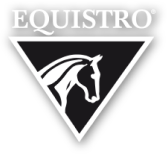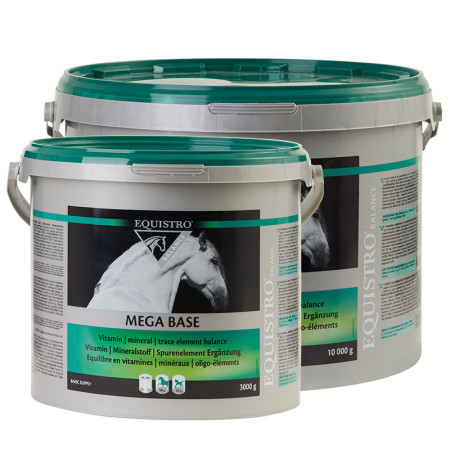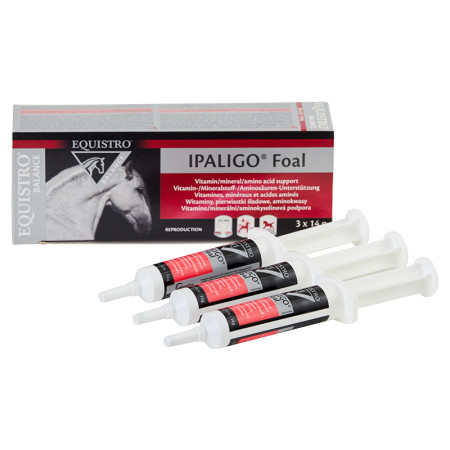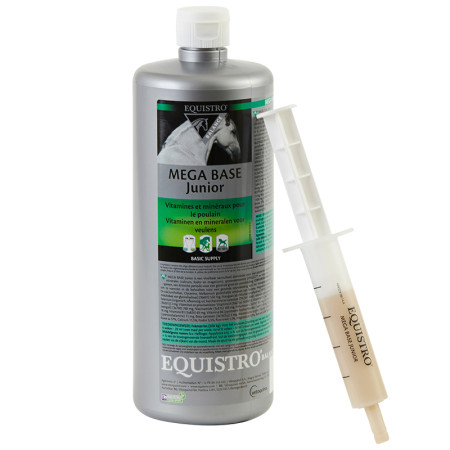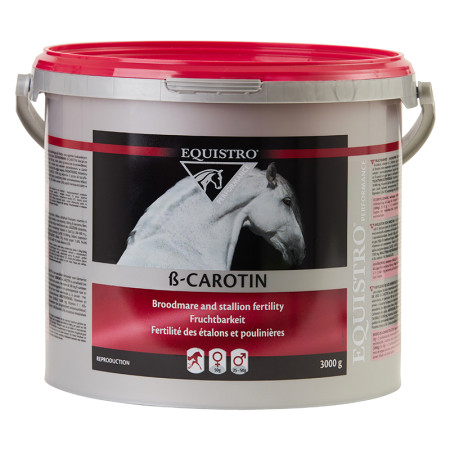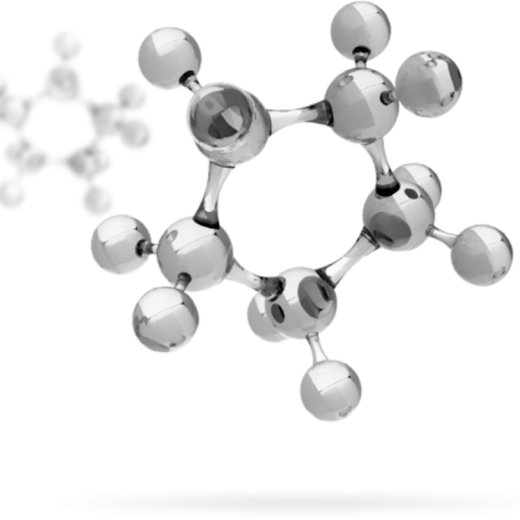
Vitamin A (retinol)
Sources
The horse is able to synthesize vitamin A (retinol) from ß-carotene, found in high amounts in plants (carrots, carrots). ß-carotene from forage (fresh grass) is the primary naturally occurring pro-vitamin A source in feedstuffs for horses.
In the small intestine, ß-carotene is converted to retinol by enzymes that require the presence of zinc. Vitamin A one of the fat soluble vitamins and therefore stored in adipose tissues and, above all, in the liver.
Daily Requirements
The vitamin A requirement is particularly high for broodmares (and breeding stallions) as well as foals. Based on studies in cattle, it is assumed that the mare's ovary also has the ability to store vitamin A in order to use it for follicle synthesis when required.
The supply of vitamin A is generally ensured with regular access to fresh green fodder with sufficiently high levels of ß-carotene.
Daily requirements for a horse with a body weight of 500kg:
Pregnant and Lactating Mares: ~31.500 IU
Maintenance and Growth: ~15.500 IU
Performance Horses: ~23.800 IU
Deficiency
A deficiency in vitamin A can lead to various severe symptoms like anorexia, salivary gland abscesses, higher incidence of respiratory and intestinal disease, low rate of growth, weight loss, dull hair, anaemia, tearing and night blindness, weak keratinisation of skin and cornea. In reproduction: sub fertility, lower birth weights and contracted tendon in foal following vitamin A depletion of the dam.
Deficiencies may arise from failure to supplement ß-carotene / vitamin A or from the provision of badly stored roughage.
Excess
Excess or toxicity are rare and mostly occur when an excessive supplementation of vitamin A (not ß-carotene) takes place.. Toxic levels of vitamin A can lead to bone fragility, hyperostosis (excess bone formation), developmental orthopaedic disease in growing horses, exfoliation (flaking) of the epidermis, teratogenesis (strange tissues appearing in other tissues e.g. tooth growing in a testicle) and increased blood clotting time.
Important to know
High nitrate levels in green fodder (over-fertilized pastures) can impair the conversion of ß-carotene into vitamin A.
The conversion of ß-carotene into vitamin A prevents an oversupply of vitamin A, as only as much vitamin A is produced as the organism needs. In addition, the horse can store excess amounts of vitamin A in the liver.
For problem mares, a combined supplement with vitamin A and ß-carotene can be useful if there is insufficient access to fresh green fodder.
In the first few days of life, suckling foals receive 100% of their vitamin A supply from their mother's milk, which is why supplementing the mare with additional vitamin A in the first week of life can be useful. As the vitamin A content in the mother's milk drops rapidly in the first week of life, it is essential to consider supplementing the foal with vitamin A due to the lack of vitamin A storage capacity in the foal's liver.
